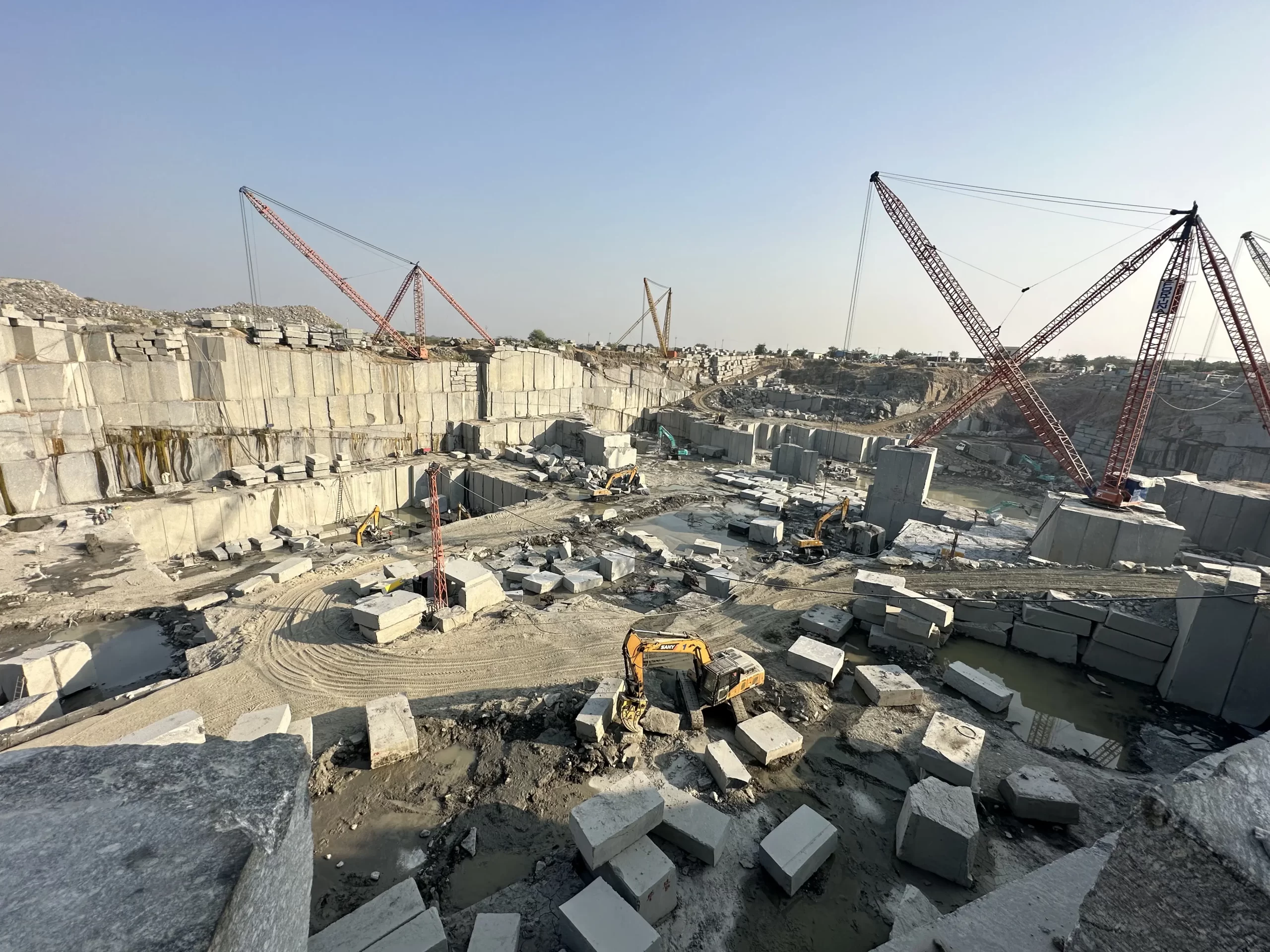Diving right into of Granite Quarries in South Africa
Diving right into of Granite Quarries in South Africa
Blog Article
Discovering the Rich Background and Sustainable Practices of Granite Quarrying
As we stand on the precipice of revealing the complex tapestry of granite quarrying, a journey with time reveals not simply the physical act of extracting stone yet also the social and historic relevance woven right into the really material of this method. From the old beginnings that laid the structure for modern quarrying methods to the lasting methods that are forming the future of this market, each carve mark on granite surfaces informs a story waiting to be uncovered (granite quarries in south africa). The legacy of granite quarrying extends far beyond plain extraction; it is a testimony to human resourcefulness, strength, and the long-lasting appeal of this stunning rock
Ancient Origins of Granite Quarrying
Going back to ancient worlds, the technique of quarrying granite has been an indispensable part of human history and architectural innovation. The earliest evidence of granite quarrying dates back to old Egypt, where massive pyramids and complex sculptures were crafted from this sturdy stone. The Egyptians used primitive devices to remove granite blocks from quarries, showcasing the significance of this material in their huge constructions.
Moving on in background, the Greeks additionally made significant contributions to the quarrying of granite. The Greeks utilized granite in numerous building wonders, such as holy places and statues, demonstrating their skill in shaping and sculpting this durable rock. The Romans further refined the methods of quarrying granite, utilizing sophisticated devices like knives and hammers to remove and form granite for their iconic structures.
Through the centuries, the method of quarrying granite has progressed, with modern-day innovations improving performance while keeping the ageless charm of this all-natural stone - granite quarries in south africa. From ancient civilizations to modern contractors, the heritage of granite quarrying remains to shape our world
Development of Quarrying Methods
The development of quarrying methods has been marked by a continuous progression in the direction of higher effectiveness and precision in extracting granite. From the basic methods used by our forefathers to the innovative innovations used in modern quarrying operations, the sector has actually gone through significant developments. Early quarrying techniques entailed hands-on labor with basic devices such as knives, hammers, and wedges to draw out granite blocks from the earth. As civilizations proceeded, methods like fire-setting and primitive dynamites were introduced to promote the extraction process.
In even more recent times, the arrival of machinery revolutionized the quarrying sector, enabling much faster extraction prices and enhanced efficiency. Technologies such as diamond cable saws, high-pressure water jets, and pneumatic drills navigate here have become typical in modern quarries, permitting precise cutting and lowered waste. Advancements in computer-controlled devices and 3D modeling have actually maximized quarrying operations, leading to very little ecological impact and enhanced sustainability methods. As the need for granite remains to increase, the advancement of quarrying techniques remains integral to conference sector needs efficiently and sustainably.
Social Value of Granite
Granite holds an extensive social value across numerous people due to its enduring visibility in building work of arts and respected monuments. The social importance of granite prolongs beyond its physical characteristics; it symbolizes resilience, security, and timelessness, making it a symbol of sustaining traditions and traditions.

Lasting Practices in Quarrying
In the middle of the rich history of granite quarrying and its cultural importance lies a growing emphasis on lasting practices within the sector. As environmental recognition and concerns regarding resource deficiency have heightened around the world, the quarrying sector has actually progressively accepted sustainable approaches to lessen its effect on the atmosphere and surrounding areas.

Additionally, improvement and rehab of quarry websites post-extraction are indispensable to lasting techniques. By recovering quarried locations to an all-natural or advantageous state, such as creating wildlife habitats that site or recreational areas, quarriers can balance out the environmental footprint of their operations and contribute favorably to the local ecosystem.
Legacy of Granite Quarrying
With a historical backdrop soaked in workmanship and commercial progression, what sustaining influence has granite quarrying left on the landscape of modern-day culture? The tradition of granite quarrying goes beyond simple extraction practices; it has formed building wonders, metropolitan landscapes, and cultural heritage worldwide. The resilient nature of granite has made it a preferred choice for monoliths, index structures, and facilities, standing as a testament to the skill and artistry of quarry employees across generations.
Additionally, the economic impact of granite quarrying can not be ignored. The market continues to give employment possibility and drive local economic situations in regions where granite extraction prevails. It has likewise stimulated technological developments in quarrying methods and equipment, bring about a lot more effective and sustainable techniques.
In terms of sustainability, the tradition of granite quarrying includes initiatives to mitigate ecological impacts via recovery projects and liable source administration. By stabilizing economic rate of interests with environmental stewardship, the market makes every effort to guarantee that future generations can remain to take advantage of this enduring natural deposit.
Final Thought

Report this page